Exploring the Évora megaliths is a prehistoric treasure hunt guaranteed to be a highlight in any trip to Portugal. Join us as we set out to map megalithic riches in the heart of the country.
Disclosure: This post contains affiliate links. If you buy something from one of our affiliates, we receive a small commission at no extra charge to you. Thanks for helping to keep our blog up and running!
Table of Contents
All about the Évora megaliths and prehistoric past
Évora’s historic centre was made a UNESCO World Heritage Site because it is the finest example of a city of the golden age of Portugal – a period spanning from the late 1400s to mid 1500s. But the area’s human history goes back much, much further than that.
Did you know? The Stone Age is a broad prehistoric period in which stone was used to make tools. This period lasted for about 3.4 million years. It is divided into three separate periods: the Paleolithic (Old Stone Age), Mesolithic (Middle Stone Age), and Neolithic (New Stone Age). The Neolithic started about 12,000 years ago.
Portugal has many Stone Age prehistoric sites, most of which are in the north and center of the country. Many of these are in the Alentejo region surrounding Évora. These include Neolithic stone circles called cromlechs or cromeleques, standing stones or monoliths called menhirs, and tombs known as dolmens.
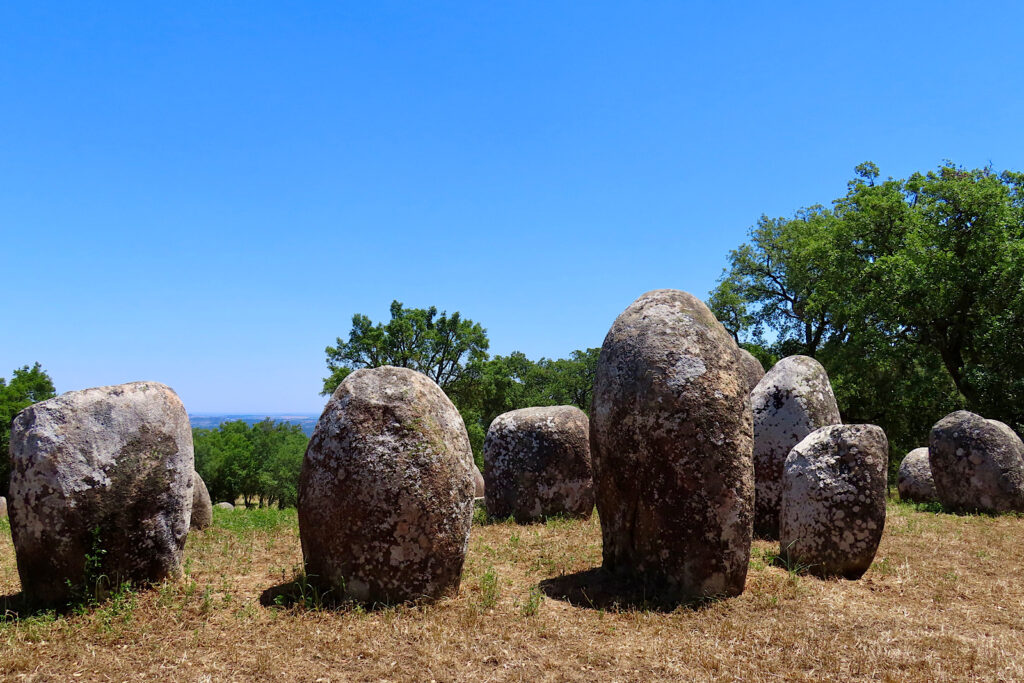
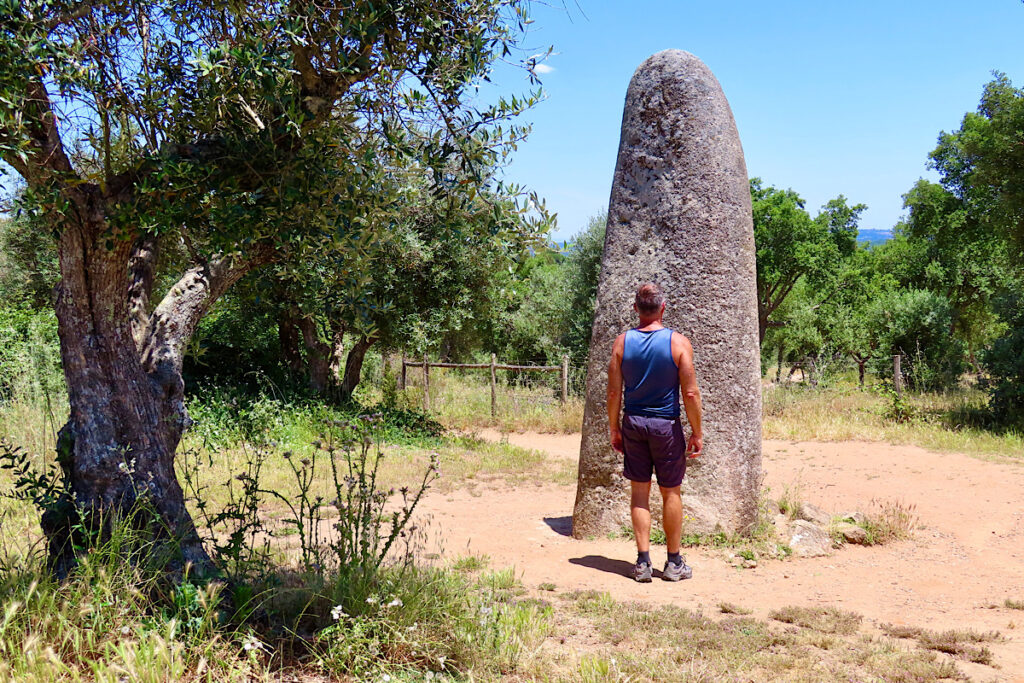
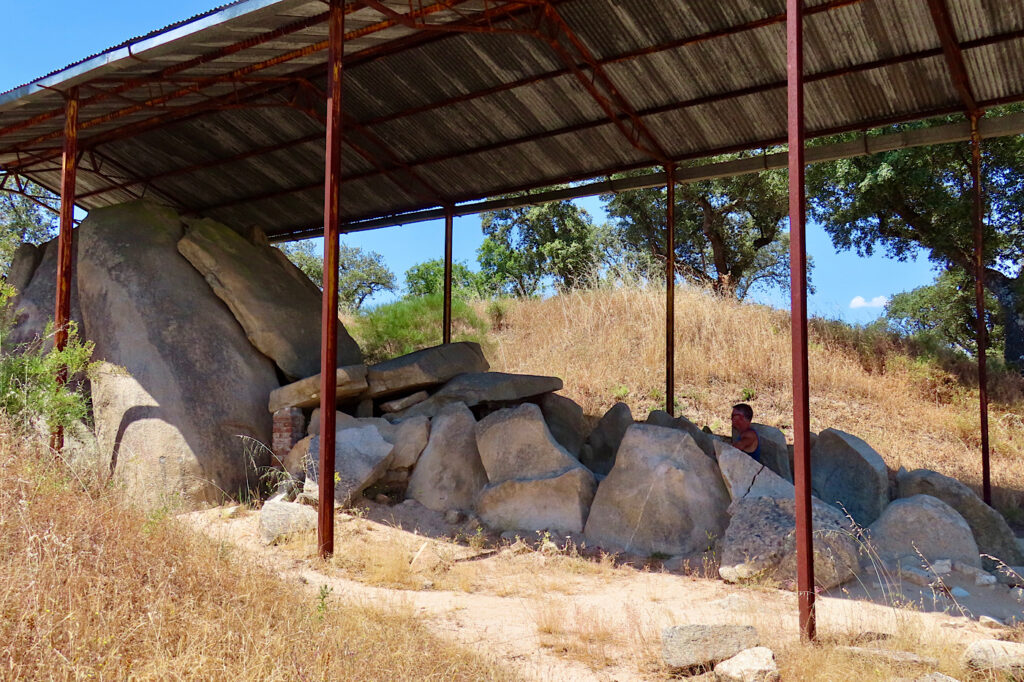
The term “megalithic” is not a time period itself. It is an archaeological term relating to prehistoric monuments made of or containing large stones. According to the Visit Evora website, there are “more than 10 megalithic enclosures, more than 100 isolated menhirs, about 800 dolmens and close to 450 megalithic settlements” in the Evora district alone. There are also close to 100 rocks with dimples carved into them, the meaning of which is unknown.
If you love discovering prehistoric sites like the Évora megaliths, check out
Off the Beaten Path Portugal and Côa Archaeological Park.
Why so many megalithic sites near Évora?
Location, location, location. There are numerous megalithic sites near Évora because this is where 3 of Portugal’s longest rivers – the Tagus, Sado, and Guadiana – come together.
It is an essential meeting point that drew hunter-gatherers following riverways to the area in the prehistoric past. The rocky plains of the Alentejo provided space and materials for the culture to flourish.
One of the must-see Évora megaliths: Almendres Cromlech
Known as the “Portuguese Stonehenge,” the Almendres Cromlech is the biggest megalithic monument in the Iberian Peninsula. This cromlech includes close to 100 stones. Built about 7,000 years ago – yes, the Almendres Cromlech is 2,000 years older than Britain’s Stonehenge! – it was used for sacred and astronomical rituals.
The name “Almendres” comes from the site’s shape. It resembles an almond, which is almendra in Portuguese. Rediscovered in 1964, the site was excavated and restored.
Rocky road ahead
Centro Interpretivo dos Almendres was our first stop in the small village of Nossa Senhora de Guadalupe. The building is more of gift shop than interpretive centre, but the woman inside did tell us that the road ahead was a little rough and that there was more information outside.

Indeed, there are a series of excellent signs just outside – written in both Portuguese and English – that talk about prehistoric sites in the area. There is also a trail that leads past the signs to the Cromeleque dos Almendres – but with temps in the mid to high 30s, we opted for an air-conditioned drive up the road.
And what a road! Going was slow as we crawled through and around car-eating potholes as the road wound its way through cork forests. Finally reaching a rough parking area, we walked past a gate and along the road to the site.
I have to say it was a bit anticlimactic to see the site after the drive in! A new fence surrounded the stones. We couldn’t get close enough to see the inscriptions apparently still visible on a few of the massive monoliths. Still, it was amazing to witness the spirit of the area and learn a little more about this prehistoric gem.
Menhir dos Almendres
If you’re heading out to Cromeleque dos Almendres, it’s worth stopping at the Menhir dos Almendres on your way back. We pulled over in the signed pullout and headed down a narrow, water-grooved path between fenced fields.
After walking the short 300 metres (984 ft) we reached a clearing with the menhir. It’s a single stone nearly 4 metres (13 ft) high. There are supposed to be faint carving of a staff (crosier) near the top, although we couldn’t make it out in the bright sunlight.
The best part about this menhir is the fact that it is aligned with the Almendres Cromlech, almost 2 kilometres (1.2 mi) away! Seen from the cromlech, the menhir indicates sunrise on the summer solstice. Today’s cork tree plantations make it difficult now to see one location while standing at the other, but the connection is still there.
Anta Grande do Zambujeiro
Once back in the village of Nossa Senhora de Guadalupe we followed Google maps toward Valverde – on the hunt for Anta Grande do Zambujeiro. This dolmen – one of the most incredible of the Évora megaliths – is a treasure that will take some sleuthing to find.
After several wrong turns – and almost giving up – we drove through an industrial farming complex, through several signed and unsigned intersections on a narrow rock and dirt road before pulling up under the shade of a massive tree by a creek.
Crossing the narrow bridge missing planks like a 6-year-old losing baby teeth, we climbed the short waterworn path to gate behind an interpretive sign at the edge of a grassy field. Ahead was the dolmen.
It dates back close to 5,000 years. This necropolis was used to bury the dead in prehistoric times. The imposing rock structure has a large corridor leading to the chamber. A tomb is buried under a man-made hill. It resembles a womb, a symbol of rebirth.
The dolmen was excavated in 1965. Archaeologists discovered two phases of use. In the first phase the burials were accompanied with small flint small flint instruments and polished stone axes. In the second phase, engraved rock plates were placed on the chests of those buried. While the scientists are unsure exactly how many burials were in the first phase, over 100 burials with the schist plates were found in the second phase.
Always an adventure!
Anta Grande do Zambujeiro is truly a spiritual place and one we won’t forget… especially as we had time on our hands on the way out. The rancher on a quad whom we waved to on our way in was moving cattle. Part of the drive included creating a path for the cows to follow – which meant closing and locking a gate across our exit. And so, we sat in the car with air conditioning on high to beat the 35 C heat for close to 30 minutes.
Adventure? Check!
Cromeleque de Vale Maria do Meio
Again, with the help of Google maps, we started searching for another cromlech northwest of Èvora. Megalith mania has us firmly in its grip! Down the road, turn around back again and there is where it should be but there is no pulloff or break in the fence. Hmmm…
On our second pass we see a car pulled over in the shade of tree – and look, there’s a pass through in the fence! This must be the place. Another car pulls over and two men carrying plastic bags walk through fence and start out a trail. We follow. They turn and ask us where we are going. We say “cromeleque” and they nod and point to another trail ahead before moving on.
We’re not sure if this new trail is going where we want, but we follow it and… come to an incredible small circle of several dozen stones. There’s no fence to keep us away. We weave in and out of the circle in awe. Are those carvings on the stone or just natural wear? We can’t tell, but the site is so captivating it doesn’t matter.
Finding the “real” Evora megalith site!
On a high, we eventually head back to the car and on down the road, when what do I see but a sign pointing down a gravel road to Cromeleque de Vale Maria do Meio – the original megalithic site we were trying to find!
We drive down, turning left at the gated road ahead, up over the cattle tunnel and along to a parking area right in front of a series of standing stones of the Vale Maria do Meio cromlech. Again, no fence and we wander at will. This open site is more heavily trodden and a little less magical, more civilized than the first one discovered in the cork forest. Yet it still brings up questions. Who, why, when, how…?
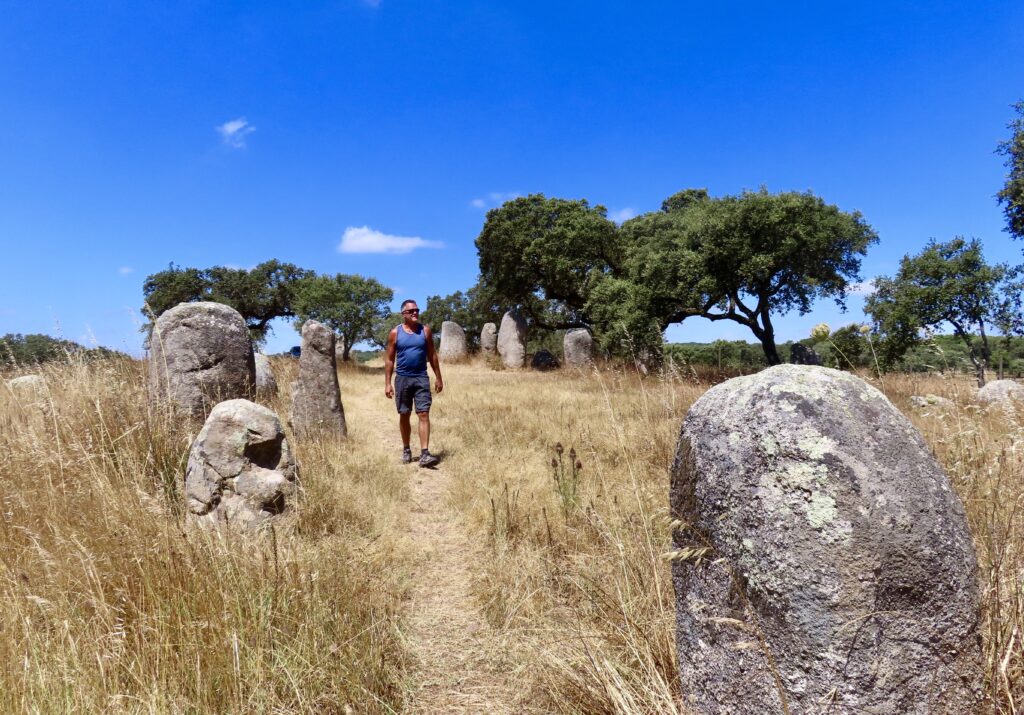
Other prehistoric sites to explore near Èvora
We simply ran out of time on our prehistoric treasure hunt. There are many more sites to investigate beyond the obvious Évora megaliths. There’s Castelo de Giraldo, Dolmen of Valeria I, Menhir de Oliveirinha, Torre da Camoeira, Dolmen-Chapel of São Brissos, and Anta da Herdade de Vale de Rodrigo for starters.
And approximately 27 kilometres (17 mi) west of Èvora, the Escoural Caves (Gruta do Escoural) contain several cave paintings and rock carvings that date back more than 13,000 years. One-hour tours typically run twice a day Tuesday to Saturday (10:30 am and 2:30 pm). You must book a spot at least 24 hours in advance. We called several times, but connecting with the guides when they are in the office is difficult and finding an English-speaking tour needs more leeway than we had. Next time!
Enjoy discovering painted caves?
Check out our posts on painted caves in Spain and in Baja, Mexico!
When you go to Évora on a megalithic treasure hunt
At one time, signage may have been better, but when we visited many of these sites some of the signage was broken and/or completely missing. It’s a bit of a treasure hunt to find these locations – but worth every wrong turn if you have the time!
Exploring Évora’s megaliths and prehistoric sites is an adventure. If you don’t feel up to tackling this prehistoric treasure hunt on your own, consider taking a guided tour. We haven’t checked them out ourselves, but Ebora Megalithica gets good reviews.
We stayed several nights nearby and highly recommend Quinta da Espada. It’s located about 4 kilometres (2.5 mi) west of Évora – perfect for exploring prehistoric sites around the local countryside.
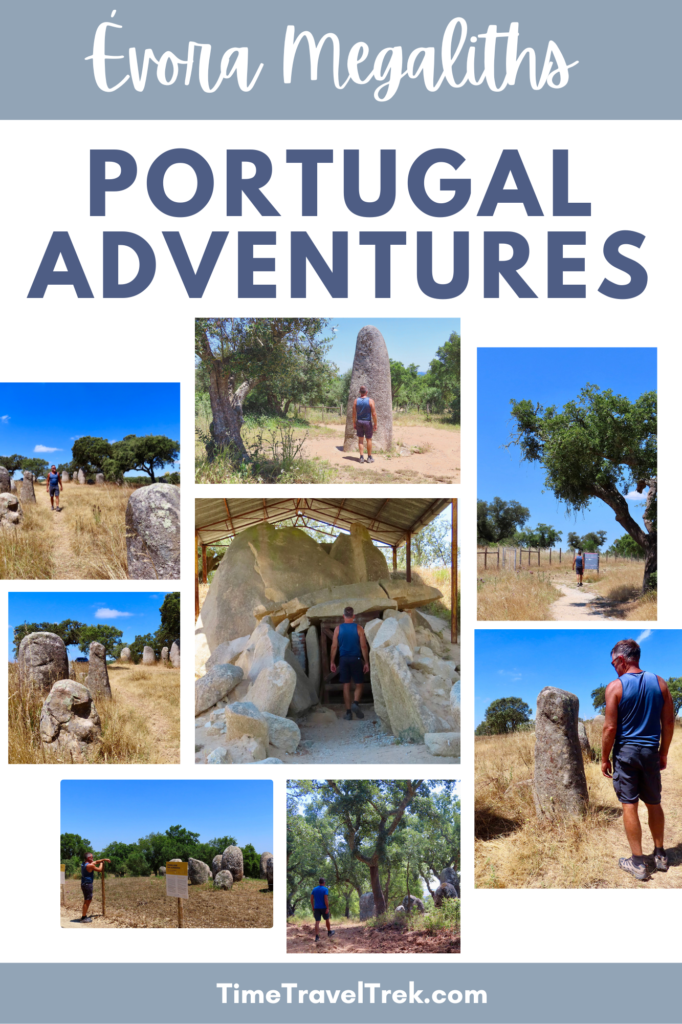
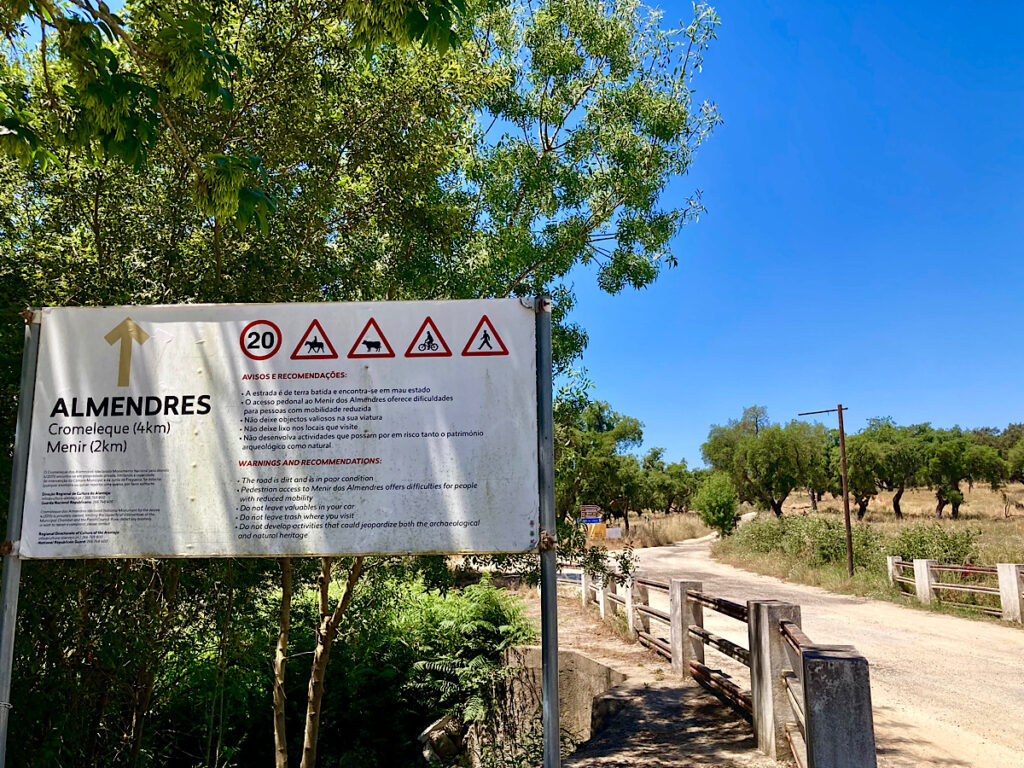
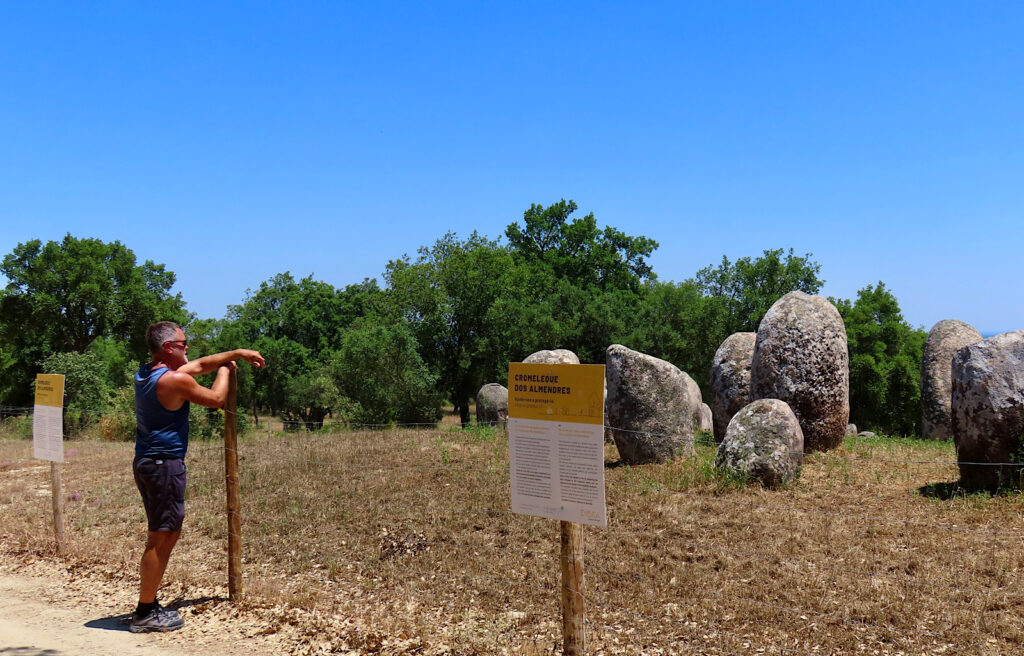
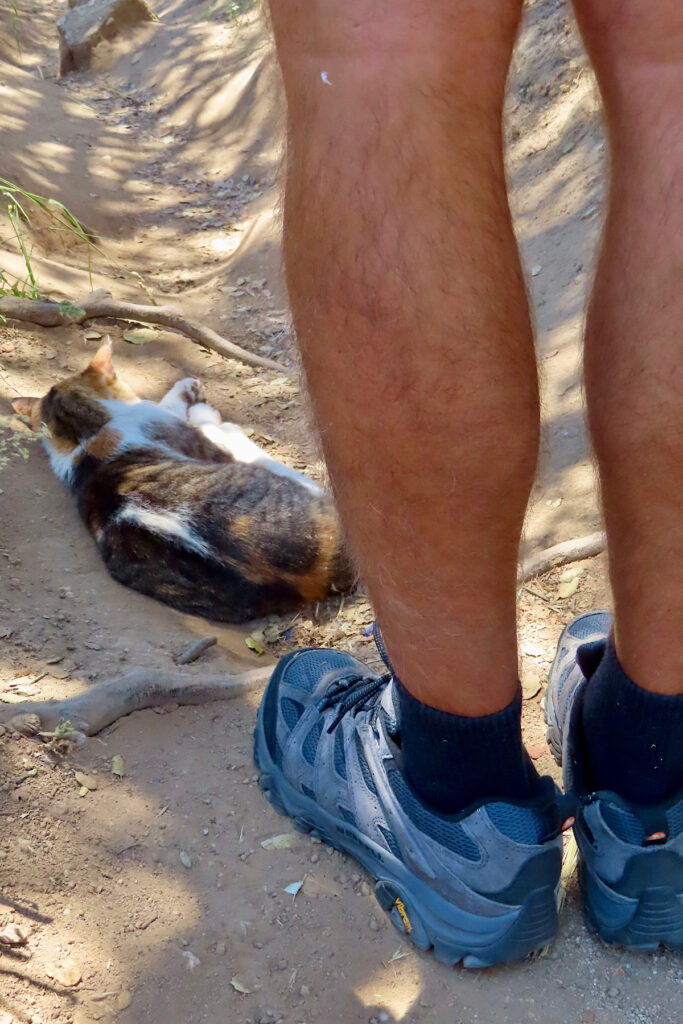
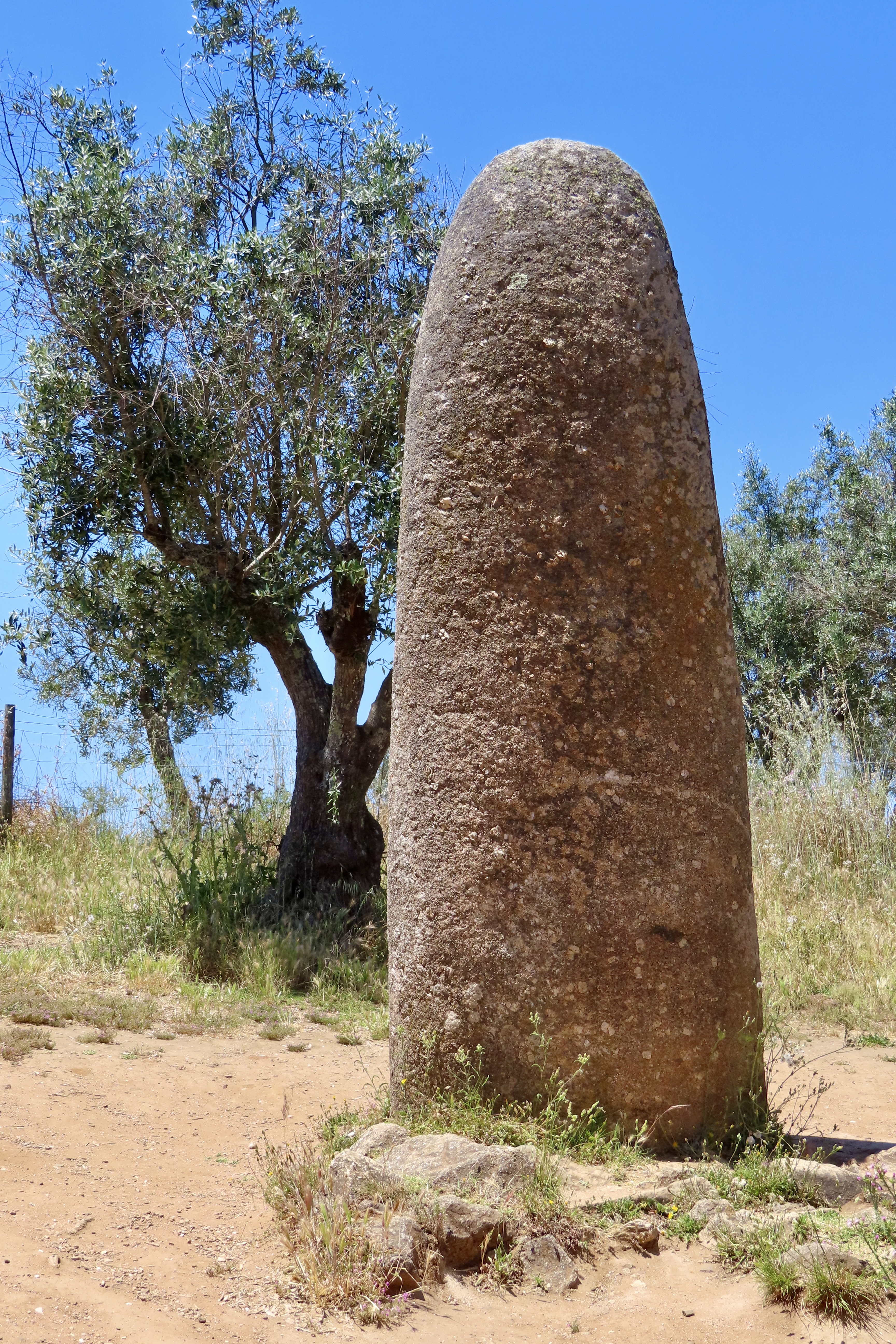
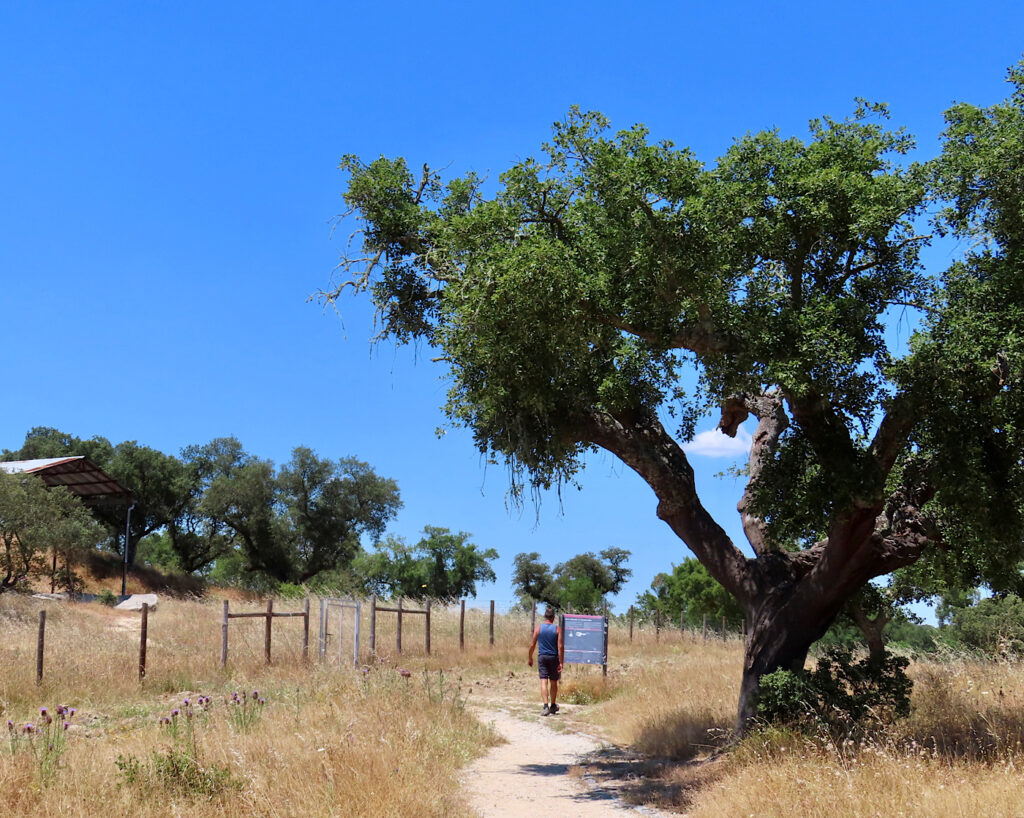
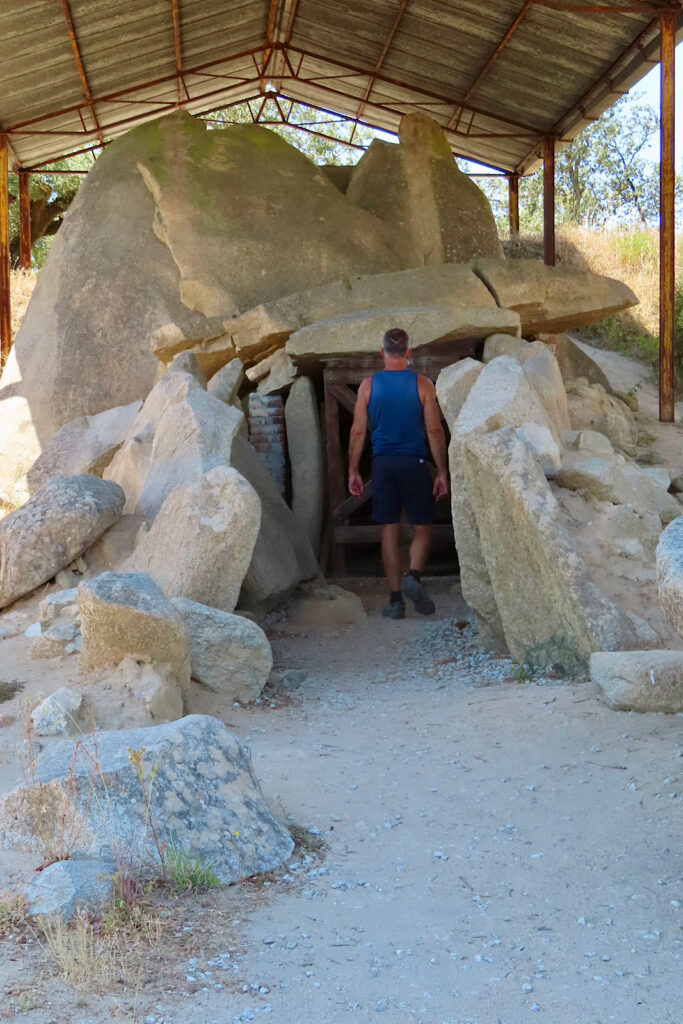
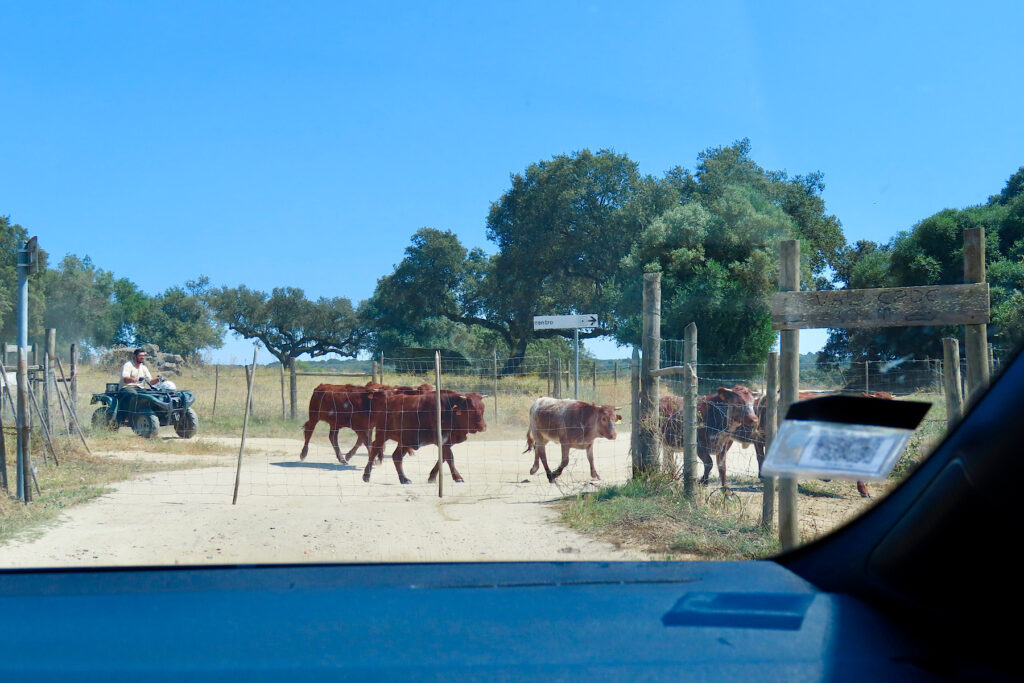
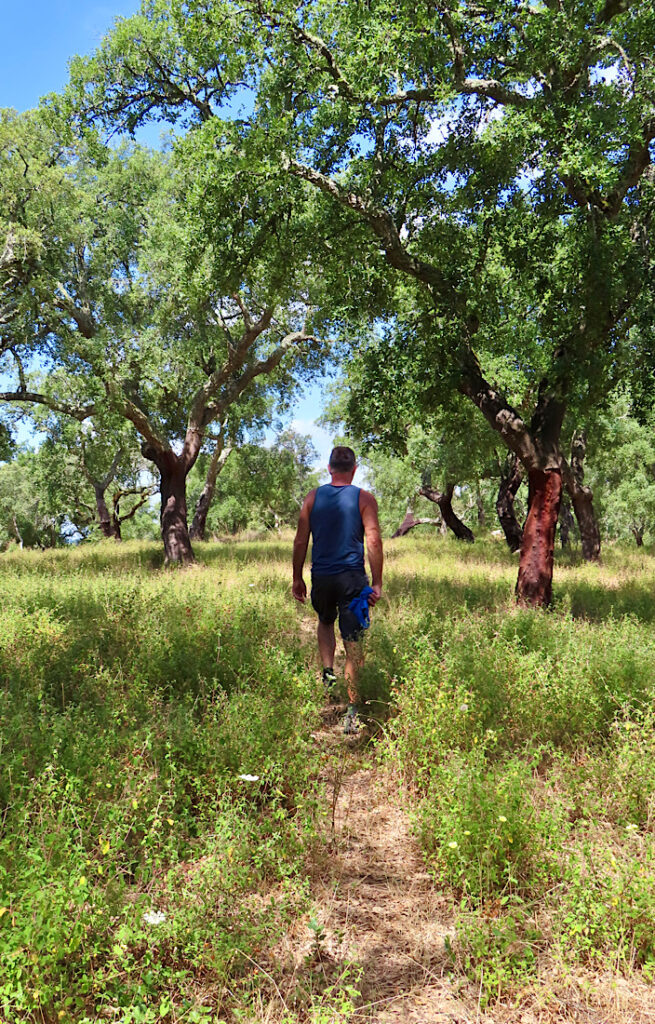
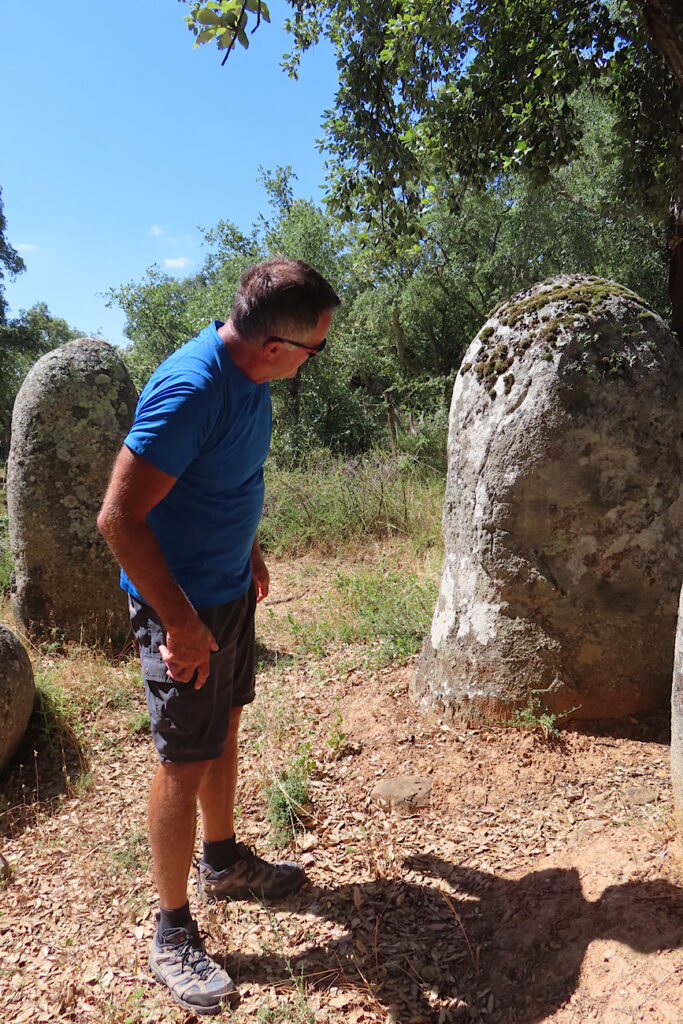
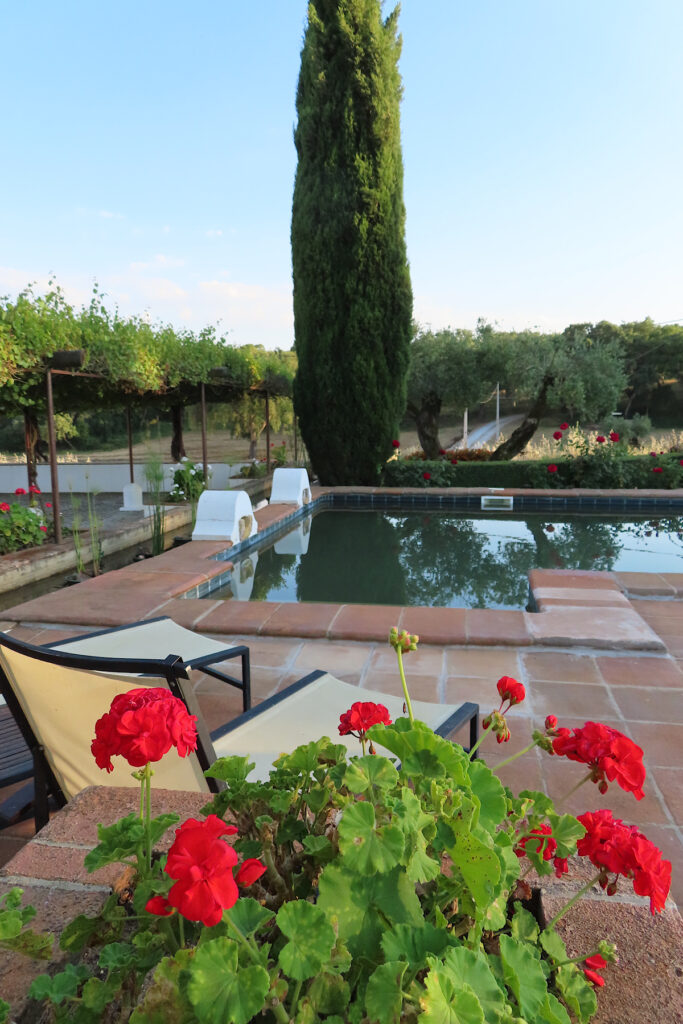
Leave a Reply